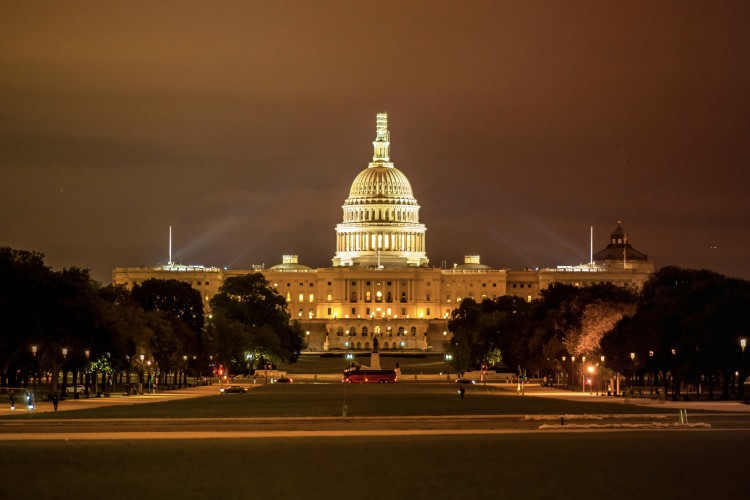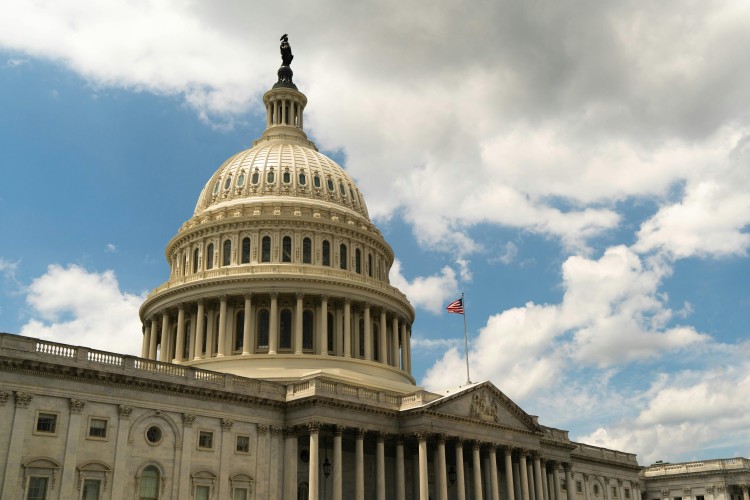Partial Government Shutdown: What It Means for Federal Agencies and the Impact on Grantees

Because Congress and the President have been unable to reach a deal on the remaining appropriations bills for Fiscal Year 2019, the federal government is now under a partial shutdown as of 12:01 am, today, Saturday, December 22. This lapse in appropriations is referred to as a partial shutdown because many federal departments have already received their funding for the 2019 fiscal year through prior legislation. For example, the Department for Health and Human Services (HHS) has already received the majority of its funding and most of its staff (except for those funded by Agriculture or Interior appropriations) will remain on the job. For details of HHS programs and personnel in operation, please see the link below to their contingency plan.
A list of the major federal agencies impacted by this partial government shutdown includes the departments of: Agriculture, Commerce, Justice, NASA, Treasury, Homeland Security, Interior, State, Transportation, and HUD.
For ease of reference, please find below links to the shutdown plans for each the federal agencies most relevant to our community.
U.S. Department of Justice – FY19 Contingency Plan
The Office of Justice Programs (OJP) has told grantees that it has “sufficient resources to remain operational through 5:00 p.m. (EST) on Friday, January 4, 2019. This means that OJP staff will be available to assist grantees, stakeholders, and the public during this period. Likewise, OJP systems and services will be available.
Please note that during this time, the Grants Payment Request System (GPRS) will remain in service to accept grant payment requests. The Department's finance office plans to process a grant payment file early Wednesday morning, December 26th, which is expected to include any payment requests received in GPRS by 6:00 a.m. (EST) that morning. However, Department staff will not be available to process requests received after that time. When Department staff return, payment requests received in GPRS will be processed.”
Department and Housing and Urban Development – Contingency Plan
The majority of staff to the Office of Community Planning and Development (CPD), which administers the CoC, ESG, and YHDP grants will be furloughed during this shutdown. However, to ensure the safety of life, HUD homeless assistance grants, including supportive housing for veterans and housing for people with AIDS, will continue to be funded. According to the HUD contingency plan, grantees will be able to submit vouchers on behalf of their organization and make authorized drawdowns for approved CPD program activities (homeless assistance programs (including ESG), CDBG, HOME, HOPWA, or sustainability grants) from LOCCS during the closure period. Specifically, “the ability to make authorized drawdowns of pre-FY 2019 program funds will continue uninterrupted unless it is necessary for a HUD employee to approve a voucher or lift a system edit prior to a drawdown in which case the drawdown cannot be made.” CPD will continue to disburse CDBG, HOME, HOPWA, Homeless Assistance Grants funds, and other block grant funds where prior year funds have been obligated. Please see pages 8 and 9 of the HUD Contingency Plan, as well as the FAQ at the bottom for additional details.
Department of Health and Human Services – FY19 Contingency Plan
Since most of HHS’s Operating Divisions were funded through FY2019 by the Labor, Health and Human Services, and Education appropriation (which represents approximately 60% of HHS staff overall), HHS’s contingency staffing plans represent only those operating divisions and programs funded through the Agriculture and Interior appropriations. Most programs and staff of the Administration for Children and Families (ACF) and the Family Youth Services Bureau (FSYB) will not be furloughed.
The HHS divisions and programs impacted by the shutdown include components of the Indian Health Service (IHS); Agency for Toxic Substances and Disease Registry (ATSDR); Food and Drug Administration (FDA); and National Institute of Environmental Health Sciences (NIH-NIEHS).
Please note: ACF has not yet issued guidance as in prior years on the potential impact of a prolonged shutdown on the Temporary Assistance to Needy Families (TANF) program. TANF is funded through a complex mixture of federal mandatory dollars and state funds. The TANF program is in need of reauthorization in January and would likely be included in any FY19 deal. If no deal is reached by January, it is assumed ACF will issue guidance to states on how to continue TANF funding for families.
Department of Education
The U.S. Department of Education was also funded through funded through the FY2019 Labor, Health and Human Services, and Education appropriations bill. Operational divisions and programs of the Department should continue to function as usual.
Department of Agriculture – FY19 Contingency Plan
The USDA has determined that core programs of the nutrition safety net, including the Supplemental Nutrition Assistance Program (SNAP), the Child Nutrition (CN) programs, and the Special Supplemental Nutrition Program for Women, Infants and Children (WIC) shall continue operations during a lapse in appropriations. Although some staff will be furloughed, USDA will use a variety of budget tools to ensure the nutrition programs will continue to operate during a shutdown. Please see Food & Nutrition Service’s detailed contingency plan here.
If the contingency plan for a federal agency important to your organize has not be detailed above, please see this Master List of all Agency Contingency Plans with links to every agency’s plan during this shutdown period.
How long with this shutdown last?
Historically, government shutdowns have been limited in duration due to the cumulative negative impacts on the federal government and country. However, we are in a period of greater than usual political uncertainty. This shutdown is largely due to disagreements between Congress and the President regarding the amount of funding to be allocated for a physical border wall versus border security.
For the time being, the politics of the moment have pushed both sides away from a deal. However, shutdown politics are notoriously dynamic and can change swiftly. The Senate is scheduled to convene at noon on Saturday to continue to debate on options for restoring government funding. We will periodically update this blog with additional information as the situation develops.
If you have further questions or suggestions for the next blog post, please email me at Christopher.Fisher@SpinnakerGR.com.


